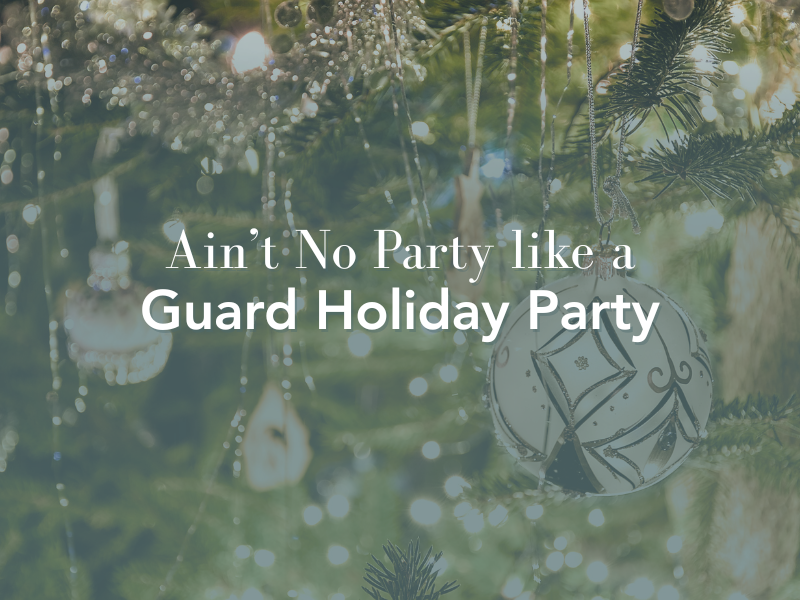Previous Post
How to Grow Food In a Small Space
Posted on February 13, 2024 by Michelle
Being in the city, living on base with a small yard, or having a small property with little green space to work with does not mean you can’t grow food yourself. For example, there are vegetables to plant in spring that do well in partially shaded areas, without even requiring a great sprawl of land. Growing food does not need a whole lot of requirements, just a little bit of creativity, patience, and of course research. Here are some ideas to help you jumpstart your journey to organically home-grown food in small spaces.
Tips for Growing Food In a Small Space:
#1. Know your space
- Before you go all out buying gardening supplies, assess your space by noting the workable area, the sun and shade each area gets, and how you plan on providing water for the future vegetation. Familiarize yourself with what grows well with your current condition, look around your neighborhood and spot any food planters so you have a general idea of what to expect.
#2. Layout your space
- Planting in small spaces means utilizing every corner as much as you can, meaning don’t only look at lining everything at the growth, but also planting vertically. If you have a balcony, is there a wall you can possibly plant herbs at for a wall of greens? In doing this, it’s actually easier to pick fresh herbs by not bending down. Watering may be a challenge, however, if you place some at higher locations, so design everything to your preference. Make a layout of your space and determine which spaces you’ll use so you don’t end up buying too much.
#3. Get containers
- Now that you’ve roughly estimated your space, there are two basic options you may choose, a pallet garden or potted plants. A pallet is a container that is a bit bulkier than most pots, but it does have the capability to nourish growth for any fruit or vegetable. Of course, you can also mix and match pots with pallets depending on your space, but if you’re a little bit concerned with uniformity and how they look then choose one. One great thing about gardening in containers is that you have the ability to move them depending on where the sun can reach them better, this flexibility is useful especially on unpredictable weather.
#4. Find the right soil
- The reason why most startup gardens do not prosper is that they forgot to consider one of the most basic thing in plant growth. Soil can be bought from any gardening shop, but you can increase their nutrients by mixing compost in it before the seeding. Set aside your organic waste and use this as fertilizer, you save money and grow food at the same time.
#5. Plant what you want to eat
- Probably the most important detail to think about when dealing with small spaces is that you select to plant the food that you want to eat. There’s no sense in planting food that you’d just waste, that space could have been used for another plant you can use.
#6. Find high-yielding crops
- Since you are working with a small space, the return or quantity of harvest should be at maximum. Lettuce for example continues to grow despite harvesting some leaves, which means it saves you the hassle of having to plant another all over again. Herbs are actually a great option, you’d be using them for any dish, from their leaves to small stalks, herbs are plants you can never go wrong with.
#7. Ask for help
- When all else fails, ask a friend to help you at least start the growth of the plants. Watch carefully how seeding is done, and then learn the process yourself. If you opt to buy ready-to-go matured plants instead, take advantage of the opportunity and ask the seller how to properly take care of it. Explain your location, type of soil you’re working with and sure enough they’d give you only the plant that can adapt to those.
Don’t confine yourself to store-bought products just because you think there’s no opportunity to grow your own food. With just a little bit of patience and understanding of how things work, you’ll understand how easy it is to actually maximize your space and benefit from it.
Explore More with My Military Lifestyle and Life Hacks!
Next Post
Written by
More Military Life Posts







